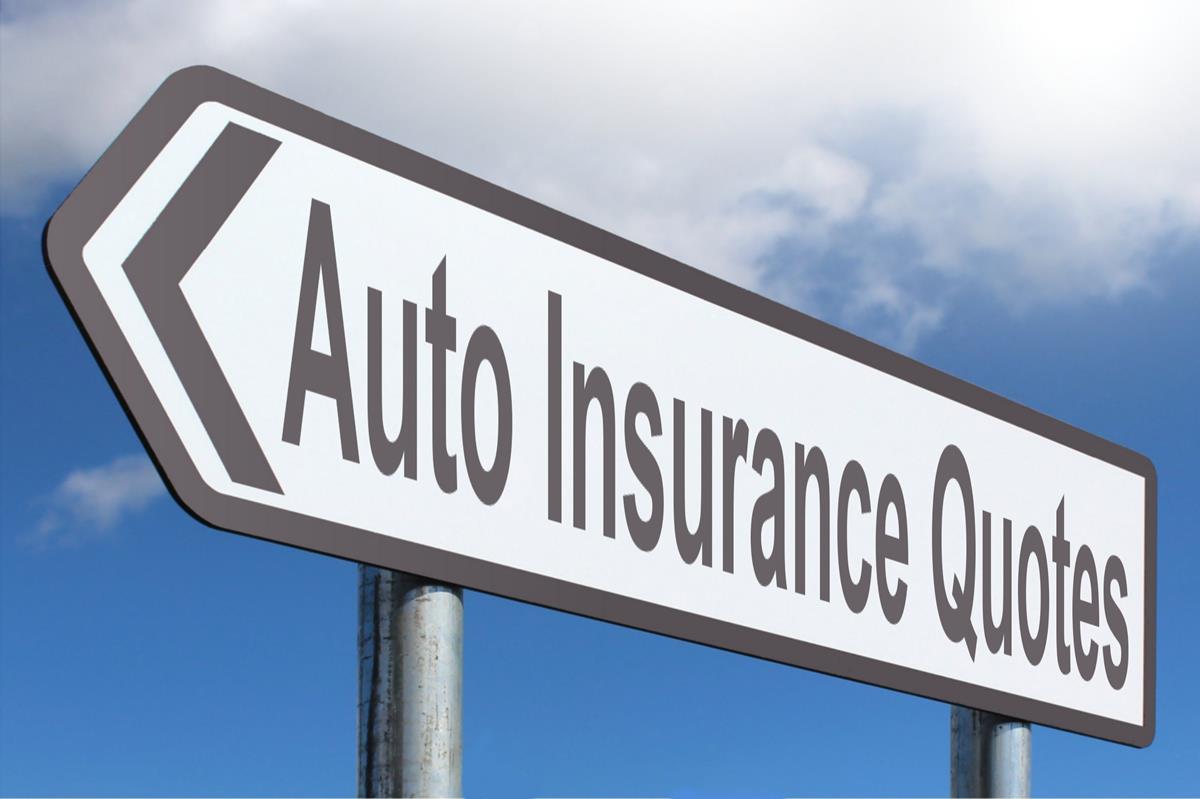
Car insurance for teens is a topic that often sparks anxiety and confusion, especially for parents. While getting behind the wheel is a rite of passage, it also comes with significant risks. Teen drivers are statistically more likely to be involved in accidents, making car insurance premiums a hefty investment. However, understanding the factors that influence these premiums can help you make informed decisions and find the best coverage for your young driver.
This guide explores the intricacies of car insurance for teens, providing insights into the risks, insurance options, cost-saving strategies, and essential resources for safe driving. We’ll delve into the statistics, common mistakes, and the impact of factors like driving experience, car model, and geographic location. By the end, you’ll have a comprehensive understanding of how to navigate the world of car insurance and keep your teen driver safe on the road.
Types of Car Insurance for Teens

Teens are generally considered high-risk drivers, which means they often pay higher premiums for car insurance. However, there are different types of car insurance plans available that can cater to the specific needs and budgets of teen drivers.
Liability Insurance
Liability insurance is the most basic type of car insurance. It covers damages to other people’s property or injuries caused by an accident where you are at fault. Liability insurance does not cover damages to your own vehicle. It is required by law in most states.
Collision Coverage
Collision coverage pays for repairs or replacement of your vehicle if it’s damaged in an accident, regardless of who is at fault. This coverage is optional but can be beneficial if you finance your vehicle or if you want to protect your investment.
Comprehensive Coverage
Comprehensive coverage pays for damages to your vehicle caused by events other than accidents, such as theft, vandalism, or natural disasters. This coverage is also optional but can be helpful if you have a newer or more expensive vehicle.
Uninsured/Underinsured Motorist Coverage
This coverage protects you if you are involved in an accident with a driver who doesn’t have insurance or doesn’t have enough insurance to cover your damages. This coverage is optional but highly recommended, especially in states with a high number of uninsured drivers.
Personal Injury Protection (PIP)
PIP coverage pays for your medical expenses, lost wages, and other related costs if you are injured in an accident, regardless of who is at fault. This coverage is optional but can be beneficial if you want to ensure that you have adequate medical coverage in the event of an accident.
Factors to Consider When Choosing a Car Insurance Plan
When choosing a car insurance plan, there are several factors to consider, including:
- Your driving record
- The type of vehicle you drive
- Your age and gender
- Your location
- Your budget
Cost Differences Between Car Insurance Plans
The cost of car insurance can vary significantly depending on the type of plan you choose. Liability insurance is typically the least expensive, while comprehensive and collision coverage are more expensive. The cost of insurance can also be affected by factors such as your driving record, the type of vehicle you drive, and your location.
For example, a teen driver with a clean driving record who drives a used sedan in a rural area may pay significantly less for car insurance than a teen driver with a poor driving record who drives a new sports car in a large city.
Factors Affecting Car Insurance Premiums

Insurance companies consider various factors when determining your car insurance premium. These factors can significantly influence the cost of your policy, so it’s essential to understand how they work.
Driving Experience
Your driving experience is a crucial factor in determining your car insurance premium. The longer you’ve been driving safely, the less risk you pose to insurance companies.
“The more time you spend behind the wheel, the more experience you gain, which means you’re less likely to get into an accident.”
New drivers, especially teenagers, typically pay higher premiums because they have less experience and are statistically more likely to be involved in accidents.
Car Model and Safety Features
The type of car you drive also affects your insurance premium.
“Sports cars and luxury vehicles often have higher premiums because they are more expensive to repair and have a higher risk of theft.”
However, cars with advanced safety features, such as anti-lock brakes, airbags, and stability control, can lower your premium. These features can help prevent accidents or reduce the severity of injuries if an accident occurs.
Geographic Location
Where you live can impact your car insurance premium.
“Urban areas tend to have higher insurance rates due to increased traffic density, higher rates of theft, and a greater chance of accidents.”
Rural areas often have lower premiums because there’s less traffic and a lower risk of accidents.
Driving History
Your driving history plays a significant role in your insurance premium. A clean driving record with no accidents or traffic violations will earn you lower premiums.
“Insurance companies use a system called a “risk score” to assess your driving history and determine your premium.”
If you have a history of accidents, speeding tickets, or other driving offenses, your risk score will be higher, resulting in a higher premium.
Good Grades and Driver Education Programs
Insurance companies recognize that good students tend to be responsible drivers.
“Some insurers offer discounts to students who maintain good grades, demonstrating their commitment to academic excellence.”
Completing a driver education program can also reduce your premium. These programs teach you about safe driving practices and can help you avoid accidents.
Tips for Saving on Car Insurance: Car Insurance For Teens

Being a teenager means freedom, and driving is a huge part of that. But, car insurance for teens can be a real money drain. Don’t worry, there are ways to make it more affordable. Let’s dive into some tips to help you save on car insurance.
Ways to Reduce Insurance Premiums
Here are some ways you can save on your car insurance premiums.
- Choose a Car with Safety Features: Cars with advanced safety features like anti-lock brakes, airbags, and stability control can earn you discounts. These features reduce the risk of accidents, making you a more attractive driver to insurers.
- Consider a Used Car: New cars often have higher premiums because they are more expensive to replace. A used car, especially one a few years old, can be a good option to lower your insurance costs.
- Shop Around for Quotes: Don’t settle for the first insurance quote you get. Compare prices from multiple insurers. Online comparison tools can make this process easy and efficient.
- Bundle Your Policies: Many insurers offer discounts if you bundle your car insurance with other types of insurance, like homeowners or renters insurance. This can save you a significant amount of money.
- Take a Defensive Driving Course: Completing a defensive driving course can demonstrate to insurers that you’re a responsible driver and can earn you a discount. It’s a win-win, you’ll learn valuable driving skills and potentially save on insurance.
Finding Discounts and Special Offers
- Good Student Discount: Maintain good grades in school. Many insurers offer discounts for students with high GPAs.
- Safe Driver Discount: If you have a clean driving record with no accidents or violations, you could be eligible for a safe driver discount. This is a big one, so stay focused on the road and avoid distractions!
- Multi-Car Discount: If you have multiple cars in your family insured with the same company, you might qualify for a multi-car discount.
- Pay Your Premium in Full: Paying your premium in full upfront can often save you money compared to paying monthly installments.
- Ask About Other Discounts: Don’t be afraid to ask your insurer about other potential discounts, like discounts for being a member of certain organizations or for having certain safety features in your home.
Improving Driving Habits and Safety
- Avoid Distracted Driving: Put your phone away while driving. Texting and driving is incredibly dangerous and can lead to accidents and higher insurance premiums.
- Obey Traffic Laws: Speeding and other traffic violations can significantly increase your insurance premiums. Follow the rules of the road to keep your insurance rates low.
- Maintain Your Vehicle: Regular maintenance, including oil changes and tire rotations, can help prevent accidents and keep your insurance costs down.
- Drive Safely: Practice defensive driving techniques, like maintaining a safe distance from other vehicles and being aware of your surroundings.
Comparing Insurance Providers and Rates, Car insurance for teens
Here is a table comparing some popular insurance providers and their average rates for teen drivers:
| Insurance Provider | Average Annual Premium (Teen Driver) |
|---|---|
| State Farm | $2,500 |
| Geico | $2,300 |
| Progressive | $2,400 |
| Allstate | $2,600 |
Note: These are just average rates and can vary based on factors like your driving record, vehicle, location, and coverage. It’s important to get personalized quotes from different insurers to find the best deal for you.
Closing Notes
Navigating the world of car insurance for teens can feel like a maze, but with the right information and proactive steps, you can find the best coverage at a reasonable price. By understanding the risks, comparing insurance options, and implementing cost-saving strategies, you can empower your teen driver with the confidence and protection they need to hit the road safely. Remember, a little preparation goes a long way in ensuring a smooth and secure driving experience for your young driver.
Questions Often Asked
What are some common driving mistakes teens make?
Teen drivers often make mistakes like speeding, texting while driving, driving under the influence, and failing to yield the right of way. These behaviors can lead to accidents and serious consequences.
How can I get a discount on car insurance for my teen?
You can often get discounts for good grades, driver education programs, safe driving courses, and bundling your car insurance with other policies.
What are some good driving safety resources for teens?
There are many reputable organizations that offer driver education programs, online courses, and resources on safe driving practices. Some examples include the National Highway Traffic Safety Administration (NHTSA) and the Insurance Institute for Highway Safety (IIHS).





